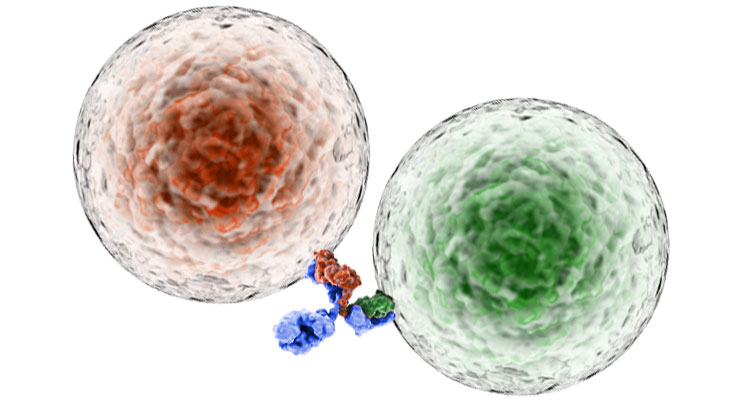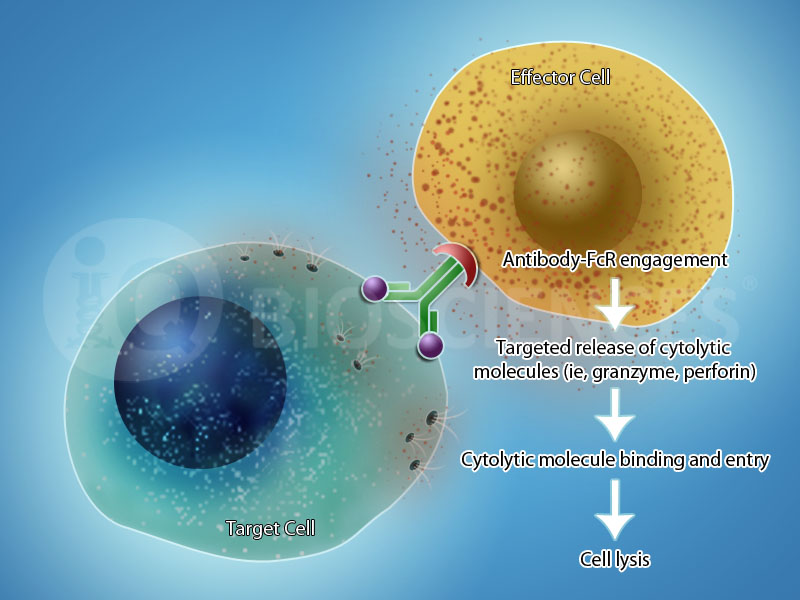Antibodies with a Split Personality…(Part 2)
How were bi-specific antibodies initially created? Each individual bivalent, monospecific antibody is composed of two identical heavy chains and two identical light chains, in which a single heavy chain combines with a light chain to create an individual target antigen recognition site. Since there are two antigen binding sites per antibody, two heavy-light chain pairs combine and form a bivalent, monospecific antibody. When producing these antibodies, only one heavy chain and its corresponding light chain is expressed by the cells because there is only one specific target antigen for the antibody. In contrast, bi-specific antibodies are created by expressing two [...]





